Arabica coffee is on the verge of extinction, fit and cherish!
It's hard to imagine what it would be like without this rich, bitter black liquid in a world that consumes 1.5 billion cups of coffee a day.
But it is not impossible for such a world without coffee to become a reality. Scientists tell us that half of the arable land needed to produce coffee will disappear by 2050. Arabica, the world's most consumed coffee variety, will be extinct in the wild by 2080. This means a decline in the quality and production of coffee worldwide, while coffee trees are suffering from diseases and insect pests. Yes, the chief culprit of all this is global warming again.
As the temperature increases, coffee trees will be forced to move to higher elevations and latitudes. This means that in limited space, coffee trees will have to compete with other crops. More unpredictable climate change and more extreme weather, such as droughts, floods and hail, will also threaten the survival of the world's most economically valuable tropical crop. Fortunately, scientists are working to save coffee, and they are trying to introduce good genes to make them more adaptable to climate change so that they will not be wiped out.
Half the coffee belt will disappear?
The most popular beverage crop in the world can not grow everywhere. On the contrary, the growing area of coffee trees is very limited.
Climate is the decisive factor in coffee cultivation, and coffee trees are only suitable for growing in the tropics or subtropics. The zone between latitude 25 degrees north and south is the most suitable for growing coffee. This coffee production zone is generally referred to as "coffee belt" or "coffee area".

However, not all the land located in this area can cultivate good coffee trees. The ideal planting conditions for coffee trees are: a warm climate with a temperature between 15 and 25 ℃, and a rainfall of 1500 to 2000 mm throughout the year, and the rainfall time should be in line with the flowering cycle of the coffee tree. Of course, in addition to the coordination of seasons and rainfall, there should be fertile soil. The most suitable soil for growing coffee is the well-drained, pozzolanic soil.
In addition, although sunlight is an indispensable element for the growth and fruit of coffee, too strong sunlight will also affect the growth of coffee trees. It can be seen that the conditions for the cultivation of high-quality coffee are very strict: sunlight, rainfall, soil, air temperature, as well as the way coffee beans are harvested and the production process will affect the quality of coffee itself.
Coffee trees, which have such stringent environmental requirements, may face great danger: half of the arable land suitable for their growth will disappear by 2050.
This is the result of a new research model that assesses how climate change will change the conditions for the growth of coffee beans, such as temperature and rainfall, according to a recent article published in the journal Climate change.
The researchers first obtained regional data on the two most important coffee species in the world, Arabica Coffee (Coffeaarabica) and Robusta Coffee (Coffeacanephora). They then used climate models to predict the future climate of these areas in 2050 and how the climate would affect coffee growth. They believe that in the future, human beings can only play a weak role in reducing carbon dioxide emissions, and the global land suitable for coffee growth will be reduced by 50% as a whole.
Big coffee producers such as Brazil and Vietnam will become particularly vulnerable, according to the study. Near the equator, robusta coffee will replace at least part of Arabica coffee, which is vulnerable to high temperatures. Robusta coffee, on the other hand, has become more vulnerable to climate fluctuations and may suffer greater losses around the world. The researchers say that if the coffee market environment is good enough, some coffee production can be moved to high elevations or high latitudes. But as a result, other forests need to be cut down for arable land, and that is not good for climate change.
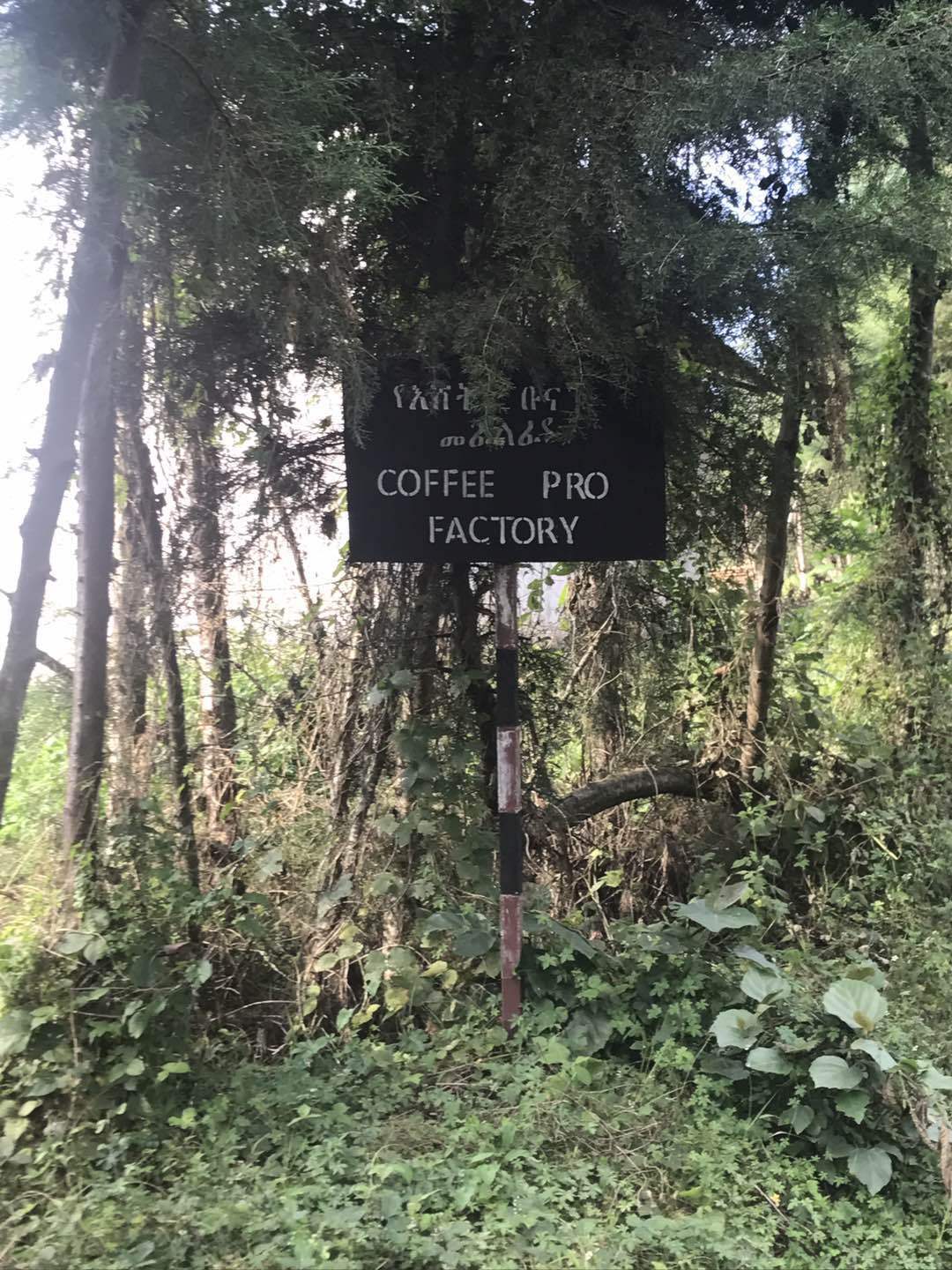
Along with climate warming, there are also diseases and pest disasters. In March 2014, the world's top coffee researchers gathered in Costa Rica. The subject of their discussion is a very harmful agricultural disease: coffee rust (coffeerust). Fungus infects coffee leaves and causes rust, preventing it from getting the sunlight necessary to grow. In the past few years, about half of the about 1 million acres of coffee grown in Central America have been ravaged by rust and reduced coffee production in the region by about 20 per cent in 2012.
Scientists believe that coffee rust spreads easily in warm climates, and as temperatures rise, the fungi that cause the rust can spread to high elevations. In addition, changes in precipitation (whether too much or too little) may also cause the fungus to multiply. Although spraying fungicides can inhibit rust, the price of this chemical agent is very high and can not eliminate those emerging strains.
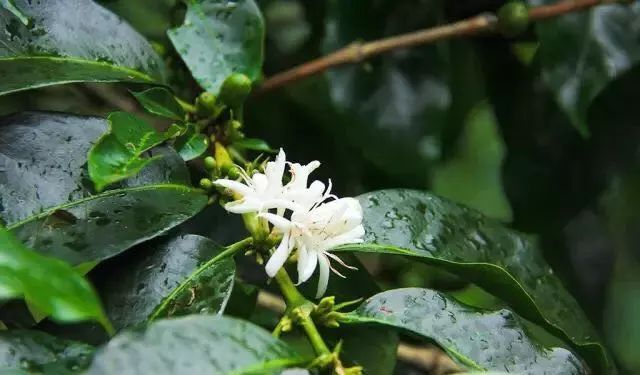
Fragile genes
Although the coffee in the cafe seems to be varied, in fact almost all the coffee in the world comes from the above two kinds of coffee: Arabica and Robusta. Among them, Arabica coffee beans account for 70% of the market share. Almost all fresh coffee sold in American and most European chains and supermarkets is made from Arabica beans. At present, Arabica has been grown commercially in many countries, but wild Arabica grows only in the highlands of southern Ethiopia and a small number of areas in neighboring South Sudan.
One worrying news is that the world's most consumed coffee variety will become extinct in the wild by 2080 because of climate change. The study was conducted by the Royal Botanical Gardens and scientists from Ethiopia, led by Alan Davis, a coffee expert at the Royal Botanical Gardens. He has studied coffee for more than fifteen years.
Davis and his team visited the wild Arabica in April 2012. After a week in the forest, they realized that their original intentions had changed and that the original scientific expedition had "become a rescue operation," he said. Because the living conditions of wild Arabica are already extremely bad.
It doesn't matter if the wild Arabica becomes extinct. Can't we just drink the artificially planted Arabica? Most people may think so, but it is obviously naive.
Scientists believe that because of a single source, the genetic diversity of coffee grown in coffee plantations is less than 5% of that of wild coffee, and some even think it is less than 1%. Such a narrow gene pool makes artificially grown coffee "very vulnerable".
Davis pointed out that Arabica's history is permeated with diseases, pests and yield problems, and in the face of these problems, farmers always turn to wild species and rely on their genetic diversity to solve them. Therefore, once the wild species become extinct, the farmed species are so weak that they are simply unable to resist a series of natural enemies, resulting in a decline in the quality of coffee and a surge in prices.
Agricultural diseases:
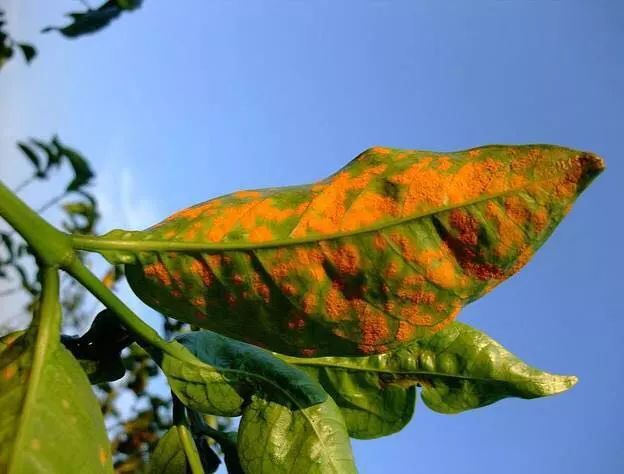
Coffee rust (coffeerust). Fungus infects coffee leaves and causes rust, preventing it from getting the sunlight necessary to grow. In the past few years, about half of the about 1 million acres of coffee grown in Central America have been ravaged by rust and reduced coffee production in the region by about 20 per cent in 2012.
The impact of the extinction of coffee will not only be as simple as the loss of a drink, but will also lead to economic upheaval. According to the statistics of the International Coffee Organization, coffee has ranked second in the world trade volume and is a super commodity second only to oil, with about 26 million people employed in the whole industry.
Among them, Arabica accounts for 70% of global coffee consumption, with production of 48600 tons in 2012, with a total wholesale price of about $16 billion. Once this plant becomes extinct, the blow to the world economy will be immeasurable.
Save the coffee.
Although people like to drink coffee, the scientific research on coffee is very limited. The research by Davis et al on how climate change will affect wild Arabica coffee is the first computer simulation study of wild Arabica coffee. Because there are no giants in the coffee industry who make huge fortunes by selling patented seeds, but mostly small growers. This means that it is impossible to invest too much money in research in the field of coffee cultivation.

But now the dangerous situation of coffee makes researchers begin to pay attention to this field. The World Coffee Research Organization is a non-profit organization funded by 30 coffee sellers of all sizes. Geneticist Tim Schilling oversees the organization. Schilling believes that genetics is the only viable and long-term solution to save coffee.
Schilling hopes to rehybridize Arabica coffee. Arabica coffee was originally made from a cross between Robusta Coffee and Auchinoides Coffee (Coffeaeugenioides). Now, the focus is on finding patrilineal varieties whose genetic diversity is much higher than that of traditional Arabica coffee. In order to achieve this goal, their vision can not be limited to the existing gene pool, they must return to nature, in the vast expanse of wild coffee to find those key unknown genes.
As the origin of coffee, the relevant policies implemented by the Ethiopian government are worrying. The country contains a large number of unique wild coffee populations, but the Ethiopian government has banned foreign researchers from collecting them. Schilling and others believe that if we can obtain the genes of Ethiopian wild coffee, thereby enriching the coffee gene pool, it will benefit a lot from the "new artificial Arabica coffee" research.
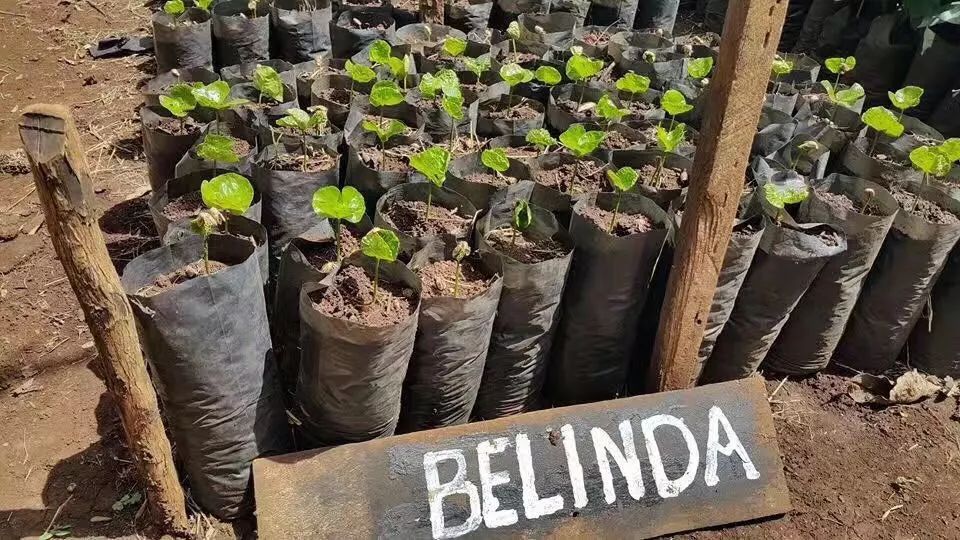
Over the years, there have been very few changes in these tree species, and we do not know whether they are happy or sad when we call them "stable".
In the past few centuries, the breeding of other crops has never stopped, and many crops have made many outstanding achievements and cases in breeding. As a crop, there has been little research on coffee breeding in recent years.
"compared with other crops, coffee is like an orphan. Coffee is grown in developing countries, and these countries and coffee farmers do not have sufficient resources and funds to support related research." So says World Coffee Research founder and ceo Timothy Schilling.
With the release of various climate studies, various data indicate that the land available for growing Arabica coffee will be reduced by at least 50% by 2050. In 2050, the global demand for coffee will be at least twice what it is at this stage. Relevant experts also pointed out that the solution to the problem is to cultivate new tree species-which can bring higher yields than at this stage, and can resist diseases and insect pests and severe droughts.
However, forests are disappearing much faster than we expected, because deforestation and land development have had a great impact on forests. The completion of the gene pool of wild Arabica coffee is being lost.
The problem of drought has also caused great damage to the wild Arabica. The picture below shows coffee trees dying because of drought in Ethiopia.
The Royal Botanical Gardens research team, from Kew, a famous botanical garden on the outskirts of London, has genetically mapped hundreds of wild Arabica coffee trees that have not been officially documented in Ethiopia. The team hopes to use these wild tree species as a basis for breeding to cultivate new tree species that are resilient and self-resilient to the environment.
Aaron Davis, the head of the research team, regretted that no new tree species had been cultivated so far in the project that could pass the test under drought conditions.

The latest research report also shows that the temperature in Ethiopia will rise by 4 ℃ by the end of the century, which will lead to a 60% reduction in the area planted for coffee.
Ethiopia is the main gene pool in Arabica, and any change in Ethiopian wild coffee will have a profound impact on global coffee cultivation.
Arabica coffee is on the verge of extinction is not alarmist, really drink a cup, less a cup!
Important Notice :
前街咖啡 FrontStreet Coffee has moved to new addredd:
FrontStreet Coffee Address: 315,Donghua East Road,GuangZhou
Tel:020 38364473
- Prev
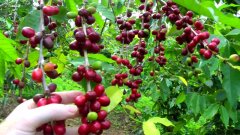
The first boutique coffee culture festival in Yunnan, China will be held in Lincang.
Professional coffee knowledge exchange more coffee bean information please follow the coffee workshop (Wechat official account cafe_style) December 16-21, Yunnan, China's first boutique coffee culture festival and the 4th Yunnan coffee cup China brewing finals (hereinafter referred to as boutique coffee culture festival) will be held in Lincang, Yunnan. The second Yunnan Fine Coffee Society will be held during the Fine Coffee Culture Festival.
- Next

Who is more advanced, Arabica or Robusta? The difference between Arabica Coffee and Robusta
Professional coffee knowledge exchange more coffee bean information please follow the coffee workshop (Wechat official account cafe_style) Front Street Coffee Guatemalan Coffee | Polsa Pacamara | Rosa 2018 Panamanian Emerald Manor Red Standard Sun | Blue Standard Water washing | Green Standard Sun I believe many friends have seen the news: Arabica is on the verge of extinction. The main idea of news is that it is made up of
Related
- What is the difference between a cake filter cup and a V60 conical filter cup? What are the advantages and disadvantages of the flat-bottomed filter cup brewing solution?
- What is the difference between fine coffee powder and medium coarse coffee powder? Do I need to sift out the fine coffee powder for making coffee by hand?
- Why does hot American coffee taste bitter? Difference in proportional concentration between hot American and ice American
- Is espresso stored overnight in the refrigerator harmful to your body? Is frozen coffee better than freshly ground coffee?
- What parameters and proportions of water temperature should be used to grind and brew fresh coffee beans? Why can't I drink freshly roasted coffee right away?
- Customers have "changed" Manner's new products! Shop assistant: Please don't mess around!
- Remove sockets in customer areas at Starbucks stores?! Netizen: I won't go if I really tear it down
- What is the difference between the taste steps of sun-dried coffee and washed coffee? Why is sun-cured coffee sweeter and washed coffee sour?
- The recipe for salty grapefruit dirty is revealed! Coffee Festival salty grapefruit dirty coffee making materials parameters ratio milk share!
- How about the flavor of Sunlight 74158 at Sidamo Banshaha Mathieu Processing Factory in Ethiopia? 74158 Share the proportion of coffee brewing parameters!

